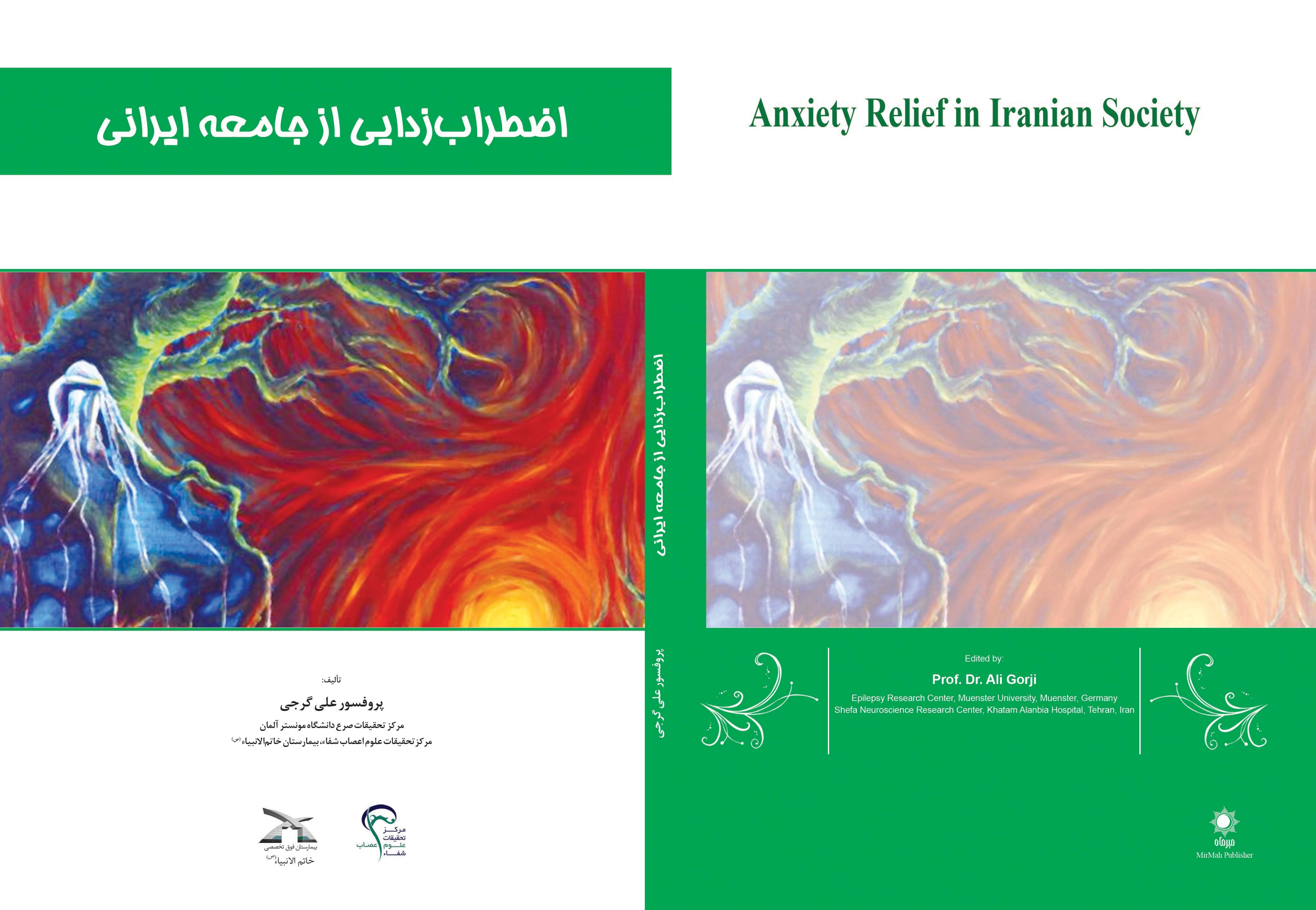Research Atricle
Aims: Asymmetry while walking in people with lower limb amputation induces asymmetry in muscular activity, fatigue, instability in the spine cord, and low back pain. The aim of this study was to assess the effect of 12-week corrective training on …
Faraji E, Barati AH, Sadeghi H, Fateh HR, Allami M & Soroush MR
Iran J War Public Health 2018 Jan;10(1):47-52
Research Atricle
Factors Related to Low Back Pain Severity in Veterans with Unilateral Below Knee Amputation
Aims: Low back pain as a common health issue is more problematic than other complications of amputation. Due to the etiology of amputation in veterans, different factors may be related to the severity of back pain. The aim of this …
Faraji E, Barati AH, Sadeghi H, Fateh HR, Allami M
Iran J War Public Health 2017 Nov,9(4):185-190
Research Atricle
Background: The ankle-foot injuries are among the war-related injuries that cause many serious secondary problems for a lifetime. This nationwide study aimed to assess health-related quality of life and the ability to perform activities of daily living in veterans with …
Allami M, Yavari A, Karimi A, Masoumi M, Soroush M & Faraji E
Mil Med Res. 2017 Nov; 4: 37
Research Atricle
The psychological Morbidity in the Long term after war related bilateral lower limb amputation
Background: To determine the psychological morbidity in the long term after war related bilateral lower limb amputation. Methods: Mental health status was determined by the Symptom Checklist-90-R (SCL-90-R) and a structured psychiatrist interview using Structured Clinical Interview for DSM Disorders-IV …
Mousavi B, Masoumi M, Soroush M, Shahriar Sh & Firoozabadi A
MJAFI 2017 Oct; 73(4): 351–355
Research Atricle
Mental health among Iranian combat veterans with ankle-foot neuromusculoskeletal injuries
Background: Veterans with purely physical disorders, such as ankle-foot neuromusculoskeletal disorders, are often neglected in psychological assessments because mental health evaluations are usually focused on those with a psychological disturbance or with a high percentage of injury. The purpose of …
Taghva A, Allami M, Alizadeh K, Zandi A, Faraji E & Ganjparvar Z
Mil Med Res 2017 Sep; 4: 30
Letter to Editor
Despite the passage of time, a large number of veterans are still affected by injuries acquired during Iran-Iraq war. In addition to their primary injuries, the majority of veterans also experience difficulty with long-term, secondary effects. Studies have shown that …
Allami M & Soroush M
Mil Med Res 2017 Sep; 4: 28
Preface to special Issue
Health concerns of war-related ankle and foot injuries
When the Iraq-Iran War came to an end in 1988, the war against disability began for more than 10,000 veterans with war-related foot and ankle injuries. In the past 30 years, these thousands of Iranian veterans have lived with chronic …
Edited by Dr. Hamid Shokoohi
Mil Med Res 2017 Aug
Research Article
Life Satisfaction in War Veterans with Ankle-Foot Neuromusculoskeletal Disorders
Background and Aim: The long term presence of various ankle-foot injuries reduces the individuals’ ability to perform daily activities, increases the dependence on others and will eventually lead to a reduction of life satisfaction. This study aimed to evaluate the …
Soroush M, Asadi F, Masoumi M, Allami M, Ganjparvar Z, Zargarian A, et al.
J Mil Med 2017 Aug, 19(2): 202-209




